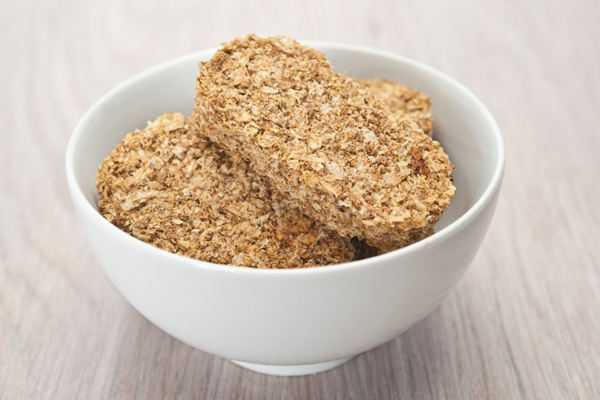Recent research has shed new light on how to optimize protein intake for muscle growth, challenging some long-held beliefs. Scientists have discovered that factors beyond just protein quantity and timing, such as the specific amino acid profile and even the presence of other nutrients, can significantly impact muscle protein synthesis and overall muscle gains.
Optimal Protein Timing for Muscle Synthesis
Protein timing plays a crucial role in maximizing muscle protein synthesis (MPS) and overall muscle growth. Research indicates that consuming protein every 3-4 hours throughout the day is optimal for maintaining elevated MPS rates[1]. This frequency allows for better utilization of amino acids for protein synthesis, with less being oxidized for energy[1]. The anabolic window for protein consumption post-exercise appears to be wider than previously thought, extending up to 3 hours after resistance training[2]. Consuming 20-40 grams of high-quality protein containing 3-4 grams of leucine within this window can significantly stimulate MPS[2][4]. Additionally, pre-sleep protein intake, particularly 40 grams before bed, has been shown to enhance muscle mass gains during resistance training programs[4]. While protein timing can be beneficial, total daily protein intake remains the most critical factor for muscle hypertrophy[5].
The Role of Leucine in Muscle Growth
Leucine, an essential branched-chain amino acid, plays a crucial role in muscle growth and protein synthesis. It acts as a key signaling molecule, directly activating the mammalian target of rapamycin complex 1 (mTORC1) pathway, which is responsible for initiating muscle protein synthesis[1][2]. Leucine is considered the most important amino acid for muscle growth and repair, with research showing it can stimulate muscle protein synthesis more effectively than other amino acids[2][4]. For optimal muscle health, adults under 60 should aim for 7.5 to 9 grams of leucine per day, while those over 60 may benefit from 12 to 15 grams daily[1]. Leucine-rich foods include dairy products, lean meats, and whey protein supplements[3][4]. While leucine supplementation alone may not be as effective, consuming it as part of a balanced protein source, particularly in combination with other essential amino acids, appears to be most beneficial for muscle growth and recovery[2][3].
Post-Workout Protein Window
The concept of a narrow post-workout "anabolic window" for protein consumption has been largely debunked by recent research. While protein intake around exercise is beneficial, the window for optimal muscle protein synthesis is much wider than previously thought, lasting up to 4-6 hours after training[1][4]. Studies have shown no significant differences in muscle thickness, body composition, or strength gains when consuming protein immediately before versus after resistance training[2][4]. The most critical factor for muscle growth appears to be total daily protein intake rather than precise timing[2][5]. However, consuming protein within a couple of hours on either side of a workout can still be beneficial, particularly if training in a fasted state[3][4]. For optimal results, individuals should focus on consuming 0.5-0.9 grams of protein per pound of bodyweight daily, distributed across multiple meals[3][4].
Protein Distribution Throughout Day
Optimal protein distribution throughout the day is crucial for maximizing muscle protein synthesis and overall health. Research suggests that consuming protein evenly across meals, rather than skewing intake towards one meal, can lead to better muscle-related outcomes[2][4]. The "30-30-30" rule recommends consuming 30 grams of protein at breakfast, lunch, and dinner to maintain satiety, preserve muscle mass, and improve sports performance[1]. Studies have shown that a balanced protein distribution stimulates 24-hour muscle protein synthesis more effectively than concentrating protein intake in a single meal[4]. For most adults, aiming for 20-30 grams of high-quality protein per meal, spread across 4-5 meals daily, can optimize muscle building and recovery[3]. This approach ensures a steady supply of amino acids to the muscles throughout the day, supporting continuous protein synthesis and muscle maintenance[2][3][4].














Member discussion